Temporomandibular disorders produced in musicians
Keywords:
temporomandibular disorders, musicians, facial muscle, mandibularAbstract
Introduction: The study provides a comprehensive view of temporomandibular disorders (TMD) in musicians, highlighting its prevalence, risk factors, clinical symptoms, diagnosis, implications for musical performance, and prevention and management strategies. Musical activity, which is characterized by intense facial and jaw muscle activity, carries health risks, especially with regard to TMD. Musicians, due to the specific physical demands of their activity, are particularly exposed to these disorders. Materials and methods: The study was carried out by comparing various bibliographic reviews using a classification of scientific articles, which allowed the development of an analytical method to improve the search for information between the years 2019 and 2023. Results: It is essential to recognize that the burden of musical work and the time dedicated to practice can influence the incidence and severity of TMD in musicians. Therefore, the implementation of training and rest programs is suggested that help adequately manage the physical and emotional load associated with the intensive practice of musical instruments. Discussion: Implementing regular breaks during practice sessions and using specific stretching exercises for the jaw and facial muscles can help relieve muscle tension and prevent the buildup of fatigue. Conclusions: These breaks allow musicians to rest and readjust their posture, which can reduce pressure on the temporomandibular joint (TMJ) and minimize the risk of injury. Additionally, stretching exercises can improve flexibility and muscle endurance, which can help maintain long-term health and proper function of the jaw.
References
Cabrera, E. C., Cuaran, M. L., Eraso, S. A., Suarez, D. A., & Yacelga, M. E. (2023). Alteraciones Dentales y Trastornos Temporomandibulares en Estudiantes Músicos Instrumentistas de Viento de la Universidad De Nariño 2023. https://hdl.handle.net/20.500.12494/53276
Campos, L., Pedrosa, B., Cavalcanti, R., Stechman-Neto, J., Gadotti, I., Araujo, C., & Taveira, K. (2021). Prevalence of temporomandibular disorders in musicians: A systematic review and meta-analysis. Journal of Oral Rehabilitation, 48(5), 632-642. https://doi.org/10.1111/joor.13150
Clemente, M., Mendes, J., Moreira, A., Vardasca, R., Ferreira, A., & Amarante, J. (2018). Wind Instrumentalists and Temporomandibular Disorder: From Diagnosis to Treatment. Dentistry Journal, 6(3), 41. https://doi.org/10.3390/dj6030041
Coyago, A. (2022). Evaluación de zonas de dolor y su severidad en la identificación precoz de trastornos en la articulación temporomandibular en músicos de instrumentos de viento y cuerda de la orquesta sinfónica nacional del ecuador en el periodo de octubre a noviembre del 2022. https://repositorio.puce.edu.ec/items/7bd6e8d1-8d6c-464e-a0ab-2160b61c5b54
Cruz, J. (2021). Grupos empresariales y el desempeño en la sociedad matriz y sus empresas vinculadas, Huancayo 2019. http://repositorio.upla.edu.pe/handle/20.500.12848/2256
De la Torre, E., Aguirre Espinosa, I., & Núñez, J. (2020). Alteraciones estomatológicas en estudiantes de viola, violín e instrumentos de vientos Amadeo Roldán. Habana 2011. Revista Habanera de Ciencias Médicas, 12(1), 96-106. http://scielo.sld.cu/scielo.php?script=sci_abstract&pid=S1729-519X2013000100011&lng=es&nrm=iso&tlng=pt
Fuentes, C. (2020). Relación entre la articulación temporomandibular y la función vocal: Una revisión de la literatura. https://dx.doi.org/10.5209/rlog.68081
García, A. (2022). Trastornos temporomandibulares en músicos, cantantes y cantaores. https://doi.org/10.23754/telethusa.1618.2023
Hernández Félix, S., Quintana Montesdeoca, M. D. P., Hernández Martínez, F. J., Félix Mateu, S., Rodríguez De Vera, B. D. C., & Jiménez Díaz, J. F. (2021). Alteraciones osteoarticulares en el músico adulto mayor de instrumentos viento-madera. Gerokomos, 32(2), 90-95. https://doi.org/10.4321/S1134-928X2021000200005
Lavado, J., & Limaymanta, J. (2019). Trastornos Temporomandibulares en Músicos Intèrpretes de Instrumentos de Viento Metal – Madera – Huancayo 2017. Repositorio institucional - UPHFR. http://repositorio.uroosevelt.edu.pe/handle/20.500.14140/87
Leonardi, G. E., Kieling, B. L., Reis, G. E. D. S., Leonardi, B. B., Sydney, P. B. H., & Bonotto, D. (2020). Prevalence of orofacial pain in wind instrument players. Brazilian Journal Of Pain, 3(1). https://doi.org/10.5935/2595-0118.20200011
Lozano, K., Reina, K., Karime, L., & Osorio, S. (2019). Prevalencia de Trastornos Temporomandibulares en Estudiantes de Música. International journal of odontostomatology, 10(3), 499-505. https://doi.org/10.4067/S0718-381X2016000300018
Santos, C., Valerio, P., Borges, I., & Da Silva, J. (2021). Trastornos temporomandibulares entre intérpretes de instrumentos musicales de viento: Una revisión integradora. https://doi.org/DOI https://doi.org/10.21595/jfocg.2021.22041
Selms, M. K. A., Wiegers, J. W., Meer, H. A., Ahlberg, J., Lobbezoo, F., & Visscher, C. M. (2020). Temporomandibular disorders, pain in the neck and shoulder area, and headache among musicians. Journal of Oral Rehabilitation, 47(2), 132-142. https://doi.org/10.1111/joor.12886
Tramullas, J. (2020). Temas y métodos de investigación en Ciencia de la Información, 2000-2019. Revisión bibliográfica. Profesional de la información, 29(4), Article 4. https://doi.org/10.3145/epi.2020.jul.17
Wróbel-Bednarz, K., Drożdżyńska, A., Kłosowska, E., Ceglarska, A., & Korzeniewski, R. (2021). Subjective problems and temporomandibular disorders symptoms among musicians playing wind instruments. Prosthodontics, 71(1), 18-37. https://doi.org/10.5114/ps/134241
Zevallos, P. (2022). Prevalencia de trastornos temporomandibulares y factores asociados en estudiantes de una universidad privada de Lima-Perú. Gaceta Médica de Caracas, 130. https://doi.org/10.47307/GMC.2022.130.4.11
Published
How to Cite
Issue
Section
License
Copyright (c) 2024 Klever Anthony Medina Guato, Andrea Carolina Peñafiel Luna

This work is licensed under a Creative Commons Attribution-NonCommercial-NoDerivatives 4.0 International License.
This journal provides immediate open access to its content, based on the principle that offering the public free access to research helps a greater global exchange of knowledge. Each author is responsible for the content of each of their articles.

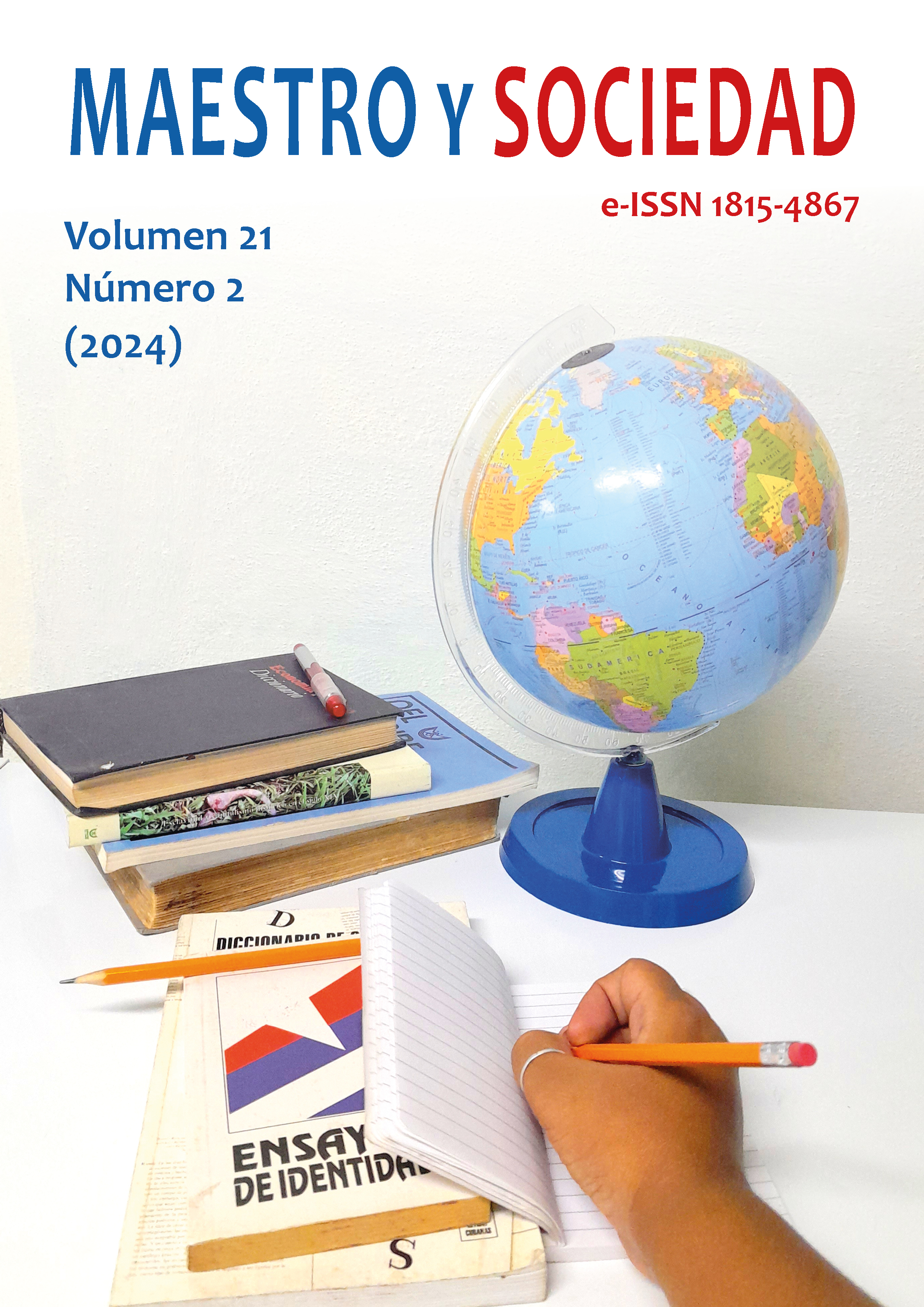

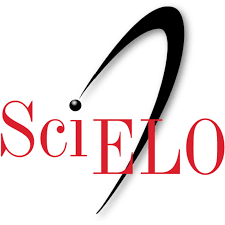






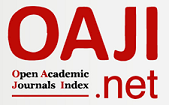

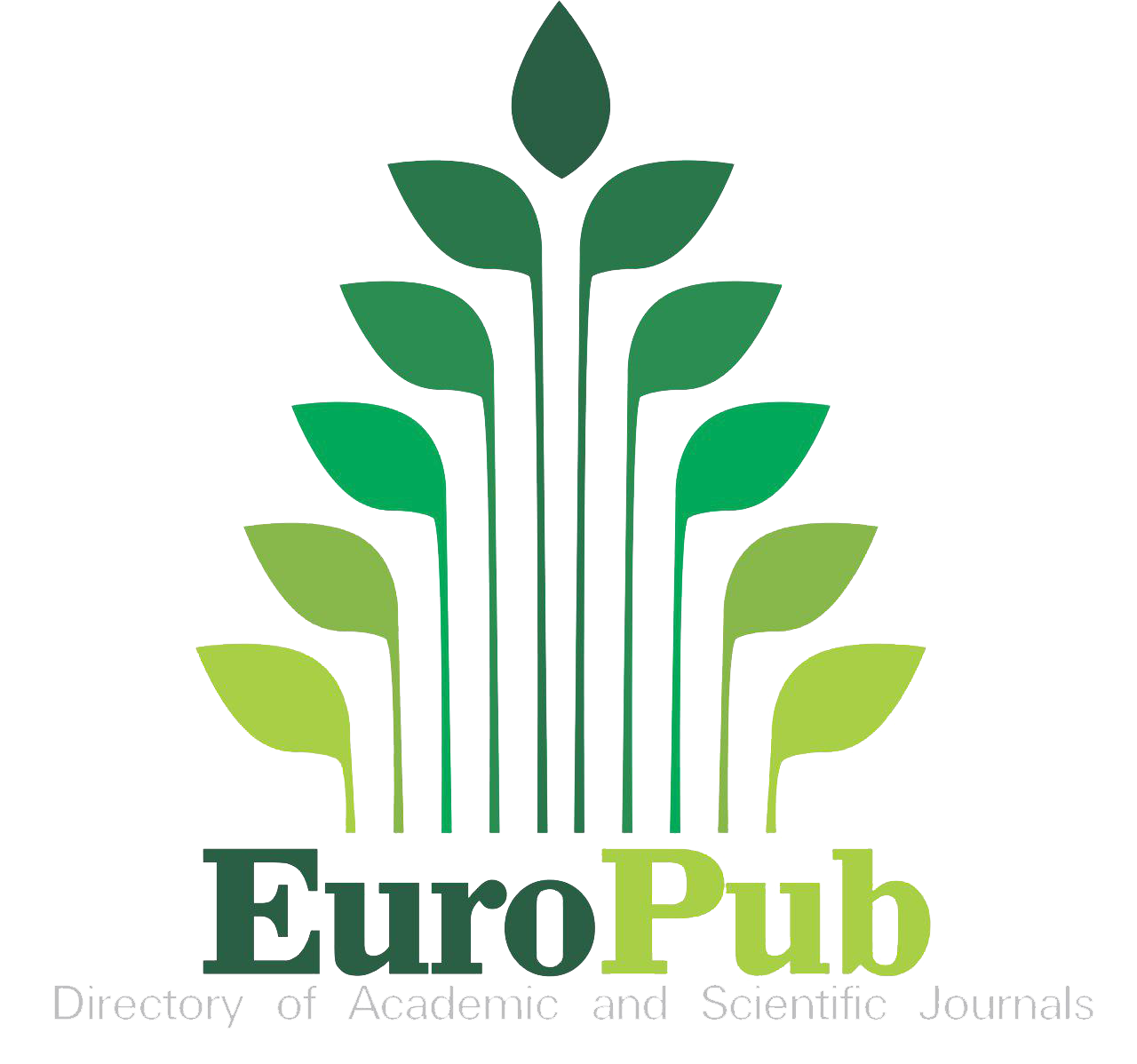



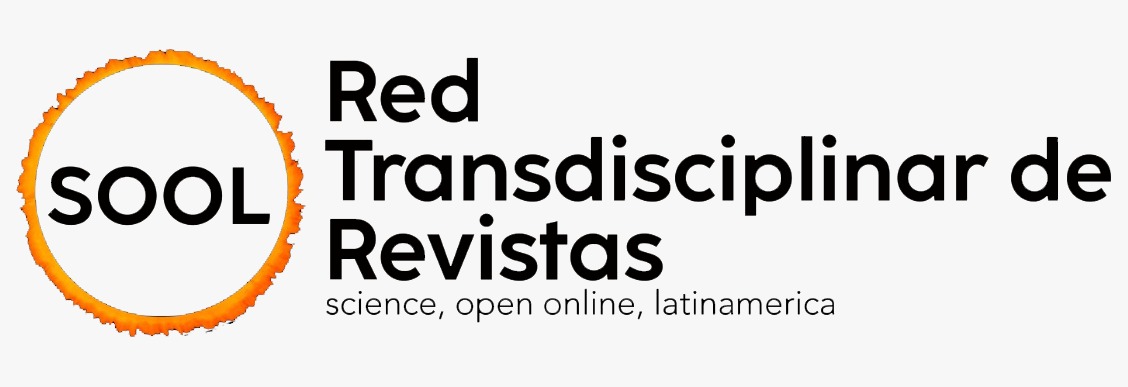










 Universidad de Oriente
Universidad de Oriente 